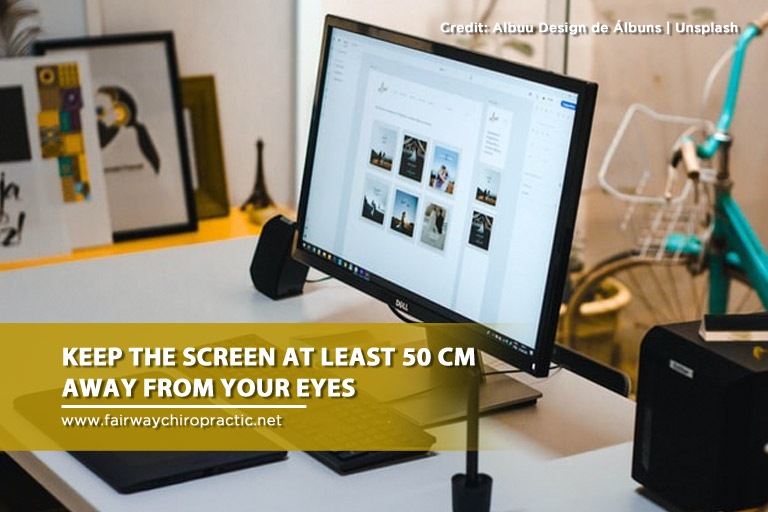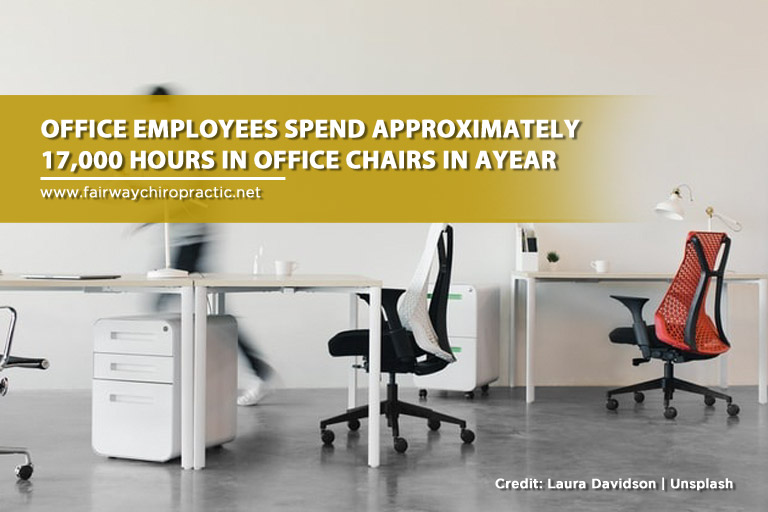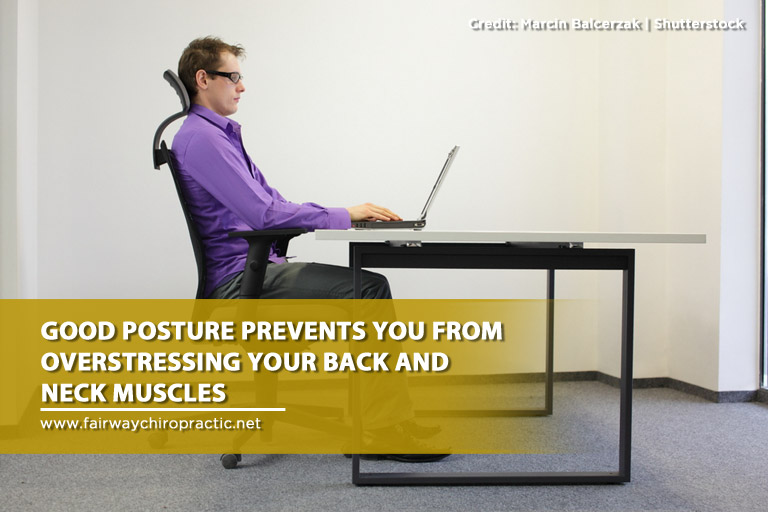Digitization has made life much easier. However, despite the benefits of modern technology, there are certain drawbacks. One of them is that we tend to spend an excessive amount of time sitting down in front of a screen. We are so used to switching between a mobile phone and a computer without getting up from our seats — whether at home or at work. Unfortunately, this can be detrimental to our overall health.
One of the most common work-related injuries is back pain, which is often caused by activities like sitting in an office chair. While it may seem unlikely, a sedentary office job can take a toll on your muscles and cause neck and back pain. This is why having an ergonomic workspace is essential. It helps prevent potential muscle strain and injuries.
The Major Causes of Back Strain

There are two major situations that can lead to you having back strain symptoms, and eventually cause you injury while working:
- Accidental injury – This is when a sudden incident occurs while performing a task. For example, a load that falls as it is being lifted or a slip and fall incident due to spillage. Either of these accidents can cause your back, neck, or joints to jolt which results in tearing of your back’s soft tissue or straining of your muscle.
- Non-accidental injury – This occurs due to repetitive motion, poor body mechanics, and staying in one position for long periods of time when carrying out tasks. Both standing for too long and going back and forth carrying heavy loads can lead to this type of injury.
Setting up Your Ergonomic Workspace
Preventing back strain can be done by changing the position of key elements in your workspace:
- Monitor Placement

Placing your monitor properly will help keep you from suffering shoulder and neck fatigue.
-
- Place the monitor at least 20 inches from your eyes (about an arm’s length). You’ll be compelled to stretch out your neck if it’s too close, and forced to lean forward if it’s too far.
-
- Position the monitor in front of you. Doing so allows your torso, neck, and head to face in the same direction.
- The topmost part of the monitor screen must be at, or slightly below, your eye level.
- The center part of the monitor screen should be at least 15 to 20 degrees below your eye level. While you focus on the screen, this lets you sit straight.
- To prevent your neck from craning, move the top of the monitor’s surface until it’s vertical to your line of sight, around 10 to 20 degrees.
- Proper Keyboard and Mouse Positioning
Generally, your desk surface should be at least about elbow height. If it’s too low or too high, you may have to stretch your arms out or hunch your shoulders, causing you to strain your neck and back. The same is true if your keyboard and mouse are not positioned right. To remedy this, you need to:
-
- Make sure to opt for a desk that has enough space for your legs.
- Place the keyboard in a way where you can relax your shoulders, and your elbows should be at a 90-degree angle.
- Position your keyboard above at most 2 inches your thighs. Use a keyboard tray if necessary.
- Put the mouse next to the keyboard at a similar height.
- Chair Adjustment

Your chair is an essential tool that, when adjusted properly, can support your back and help you maintain good posture while sitting in front of your ergonomic desk. It’s important to adjust it according to the proportions of your body, and here’s how you do it:
-
- Position your chair’s backrest to support your lower back. Use a lumbar pad or pillow for additional support whenever necessary.
- Ideally, there should be about an inch of space between the front edge of the seat and the back of your knees.
- Adjust the chair so your feet can fully rest on the floor. Your knees should be at a 90-degree angle, with your thighs parallel to the floor.
- Move the armrests to support your arms and keep you from slouching.
- Shift your seat once in a while in order to combat neck and back pain, as well as fatigue.
- You can alternate between sitting and standing while you work or go for a walk during your break.
Tips for Preventing Back Pain
In addition to establishing a proper workspace, here are a few tips to help you maintain the health of your back muscles.
- Proper Posture

When you sit for long hours, you’ll start to lean and slouch, which can strain your back. The gravitational pressure on your spine is reduced if you practice good posture. It also gives you comfort and promotes back strain recovery. Follow these good posture techniques when sitting:
-
- Align your head and neck so they’re directly above your shoulders.
- Your back should be against your chair’s backrest.
- Square your shoulders.
- Your upper arms must be parallel to your backbone, so move your chair closer to your table.
- Make sure your feet are flat on the ground and avoid crossing your legs.
- Your knees should be at a 90-degree angle. If needed, use a footstool.
Don’t forget to keep your body relaxed when practicing proper posture. A stiff posture will only aggravate neck and back strain.
- Avoid Working on Your Bed for Too Long

Working on your bed may sound comfortable, but it’s worse than working on your chair. Unless you’re sitting on the side of the bed, you may have to extend or cross your legs to support your laptop. The monitor will be too low for screen viewing, so it’s highly likely you’ll need to hunch over. If you don’t have another option, here’s what you can do:
-
- Place a pillow behind your back against the headboard.
- Use a cushion for your laptop and put it on your lap. Alternatively, use a low laptop table to go over your legs. This may be much more comfortable for you and keep you from straining your back and neck.
- Don’t Stand for Too Long Doing Computer Work
With standing desks growing in popularity, people have come to believe that standing while working is better for your body. A study by Thomas Waters and Robert Dick has found that there is “significant evidence that prolonged standing at work (primarily in one place) increases risk of low back pain, cardiovascular problems, and pregnancy outcomes.”
The solution is to alternate between sitting and standing (preferably with an adjustable desk) or take a break for a few minutes every 20 to 30 minutes. This relaxes your muscles and promotes blood circulation.
Setting up your space so it’s more ergonomic and paying attention to your posture can go a long way in protecting the health of your back. Keep these tips in mind so you can be free of back pain.
If you have pre-existing conditions and need extra help, consult with a chiropractor. Reach out to Fairway Chiropractic Centre. We offer a wide range of chiropractic treatments that can soothe muscle and back pain. Call us today at 519-748-5535 or visit our webpage to schedule an appointment.











